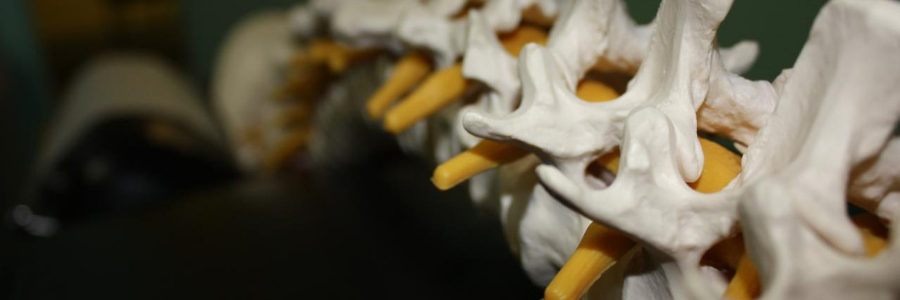
Mid back and upper back pain overview
Mid back pain (thoracic pain) is very common throughout life. Most of us can expect to experience mid back pain at some point during our lives. Pain in the mid-back, also known as the thoracic spine, is typically from a joint or muscle problem; however, it can be associated with more serious problems. For this reason, just like neck or low back, intense or persistent thoracic pain should be investigated by a medical doctor or a chiropractor.
Mid back pain epidemiology
In general terms, it is estimated that about 2-25% of the population will experience mid back pain in their lifetime. In children, the risk of developing thoracic pain seems to be determined by many factors included hours of sitting per day and sports participation. Girls are more likely to get thoracic pain as opposed to boys. In adults, having thoracic pain seems to increase the likelihood of other musculoskeletal conditions (muscle and joints issues).
Symptoms
Mid back pain can present as many variable symptoms. The pain may be dull pain located between the shoulder blades. This type of pain may be worse with bending movements and twisting movements. Sometimes the pain will be worse on deep breathing as the ribs move up and down which are attached to the mid back joint.
Mid back pain causes
The mid and upper back comprise many anatomical structures such as muscles, bones, joints, nerves, intervertebral discs and even referral from internal organs. Therefore, pain arising from these areas can be caused by a multitude of conditions. The term mid and upper back pain is very unspecific. Broadly speaking, mid and upper back pain can be caused by the following categories:
- Musculoskeletal. Overuse, muscle strain, or injury to the muscles, ligaments, intervertebral discs (i.e., disc herniation) and other soft tissue structures that support your spine.
- Postural loading. This also fits into the musculoskeletal group and is explained by sustained poor posture, including forward head carriage and increased thoracic kyphosis, which can fatigue muscles overtime leading to pain and stiffness.
- Fracture and dislocations. A fracture or dislocation of one of the spinal bones called vertebrae.
- Degenerative and autoimmune diseases. These include osteoarthritis, osteoporosis, psoriatic arthritis, ankylosing spondylitis and rheumatoid arthritis.
- Myofascial pain. Myofascial pain that affects the connective tissue of a muscle or group of muscles, such as fibromyalgia and chronic fatigue syndrome.
- Referred pain. Mid back pain can come from internal organs such as the pancreas and gallbladder or kidney.





